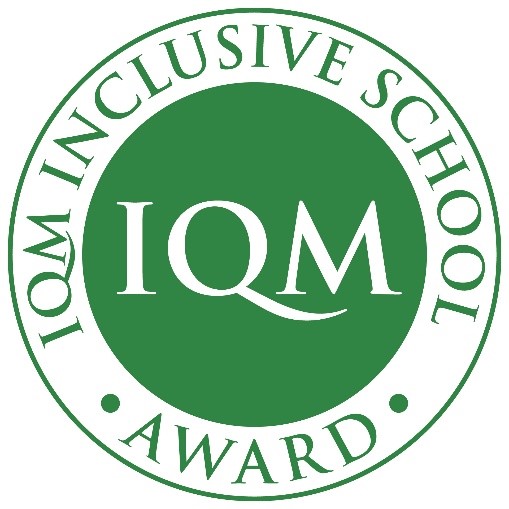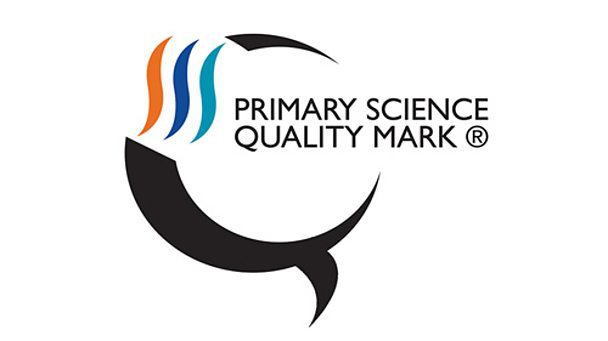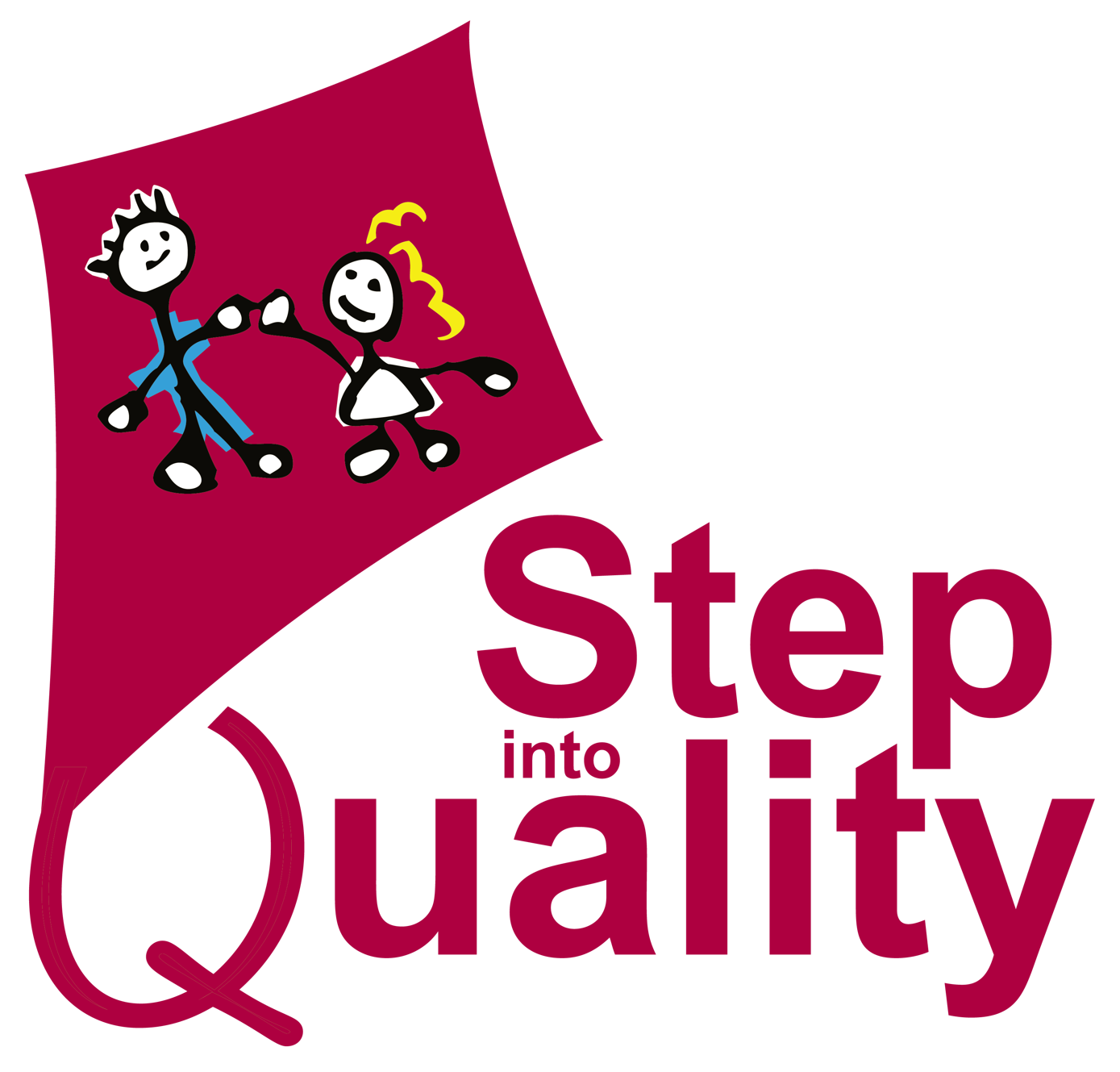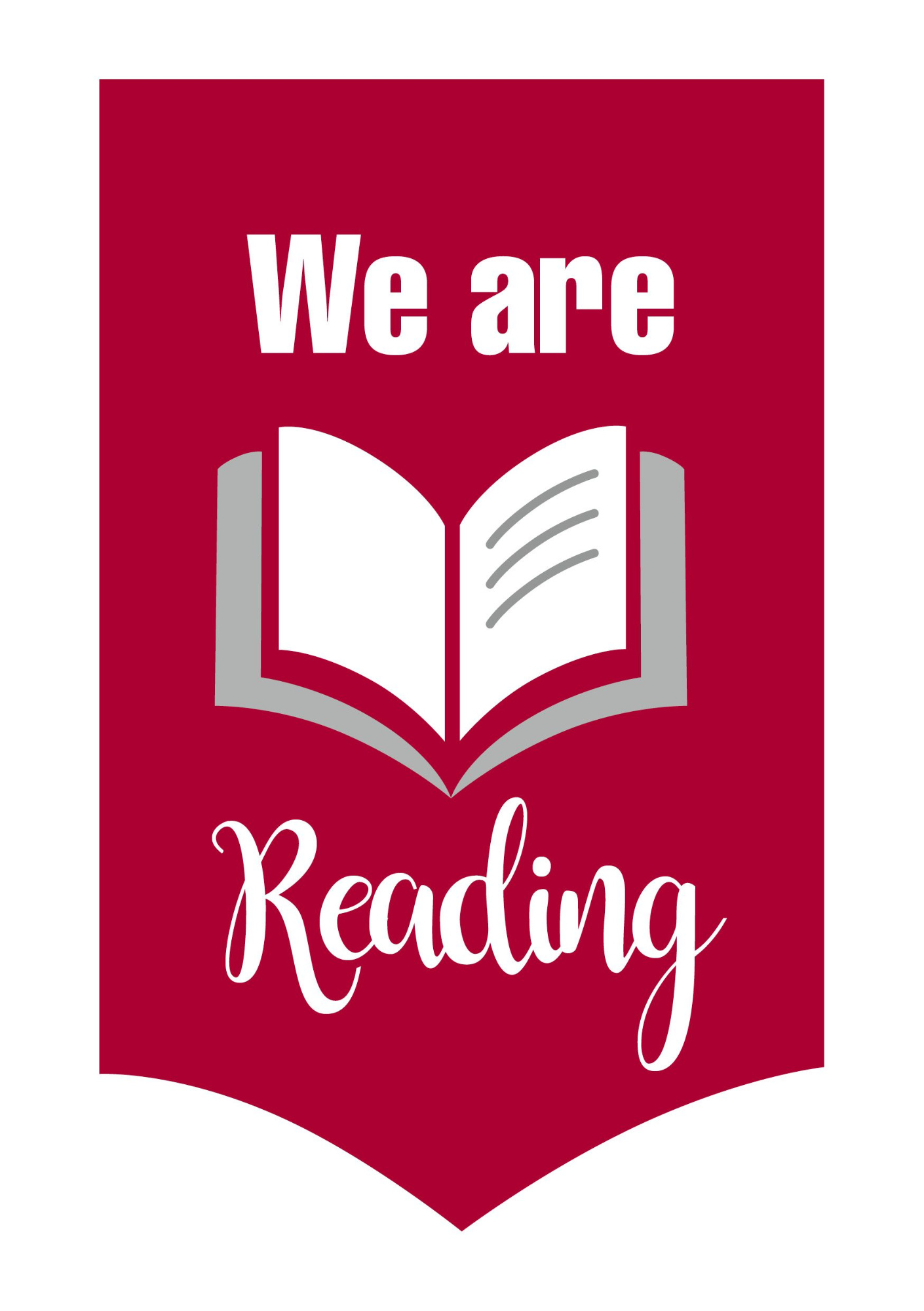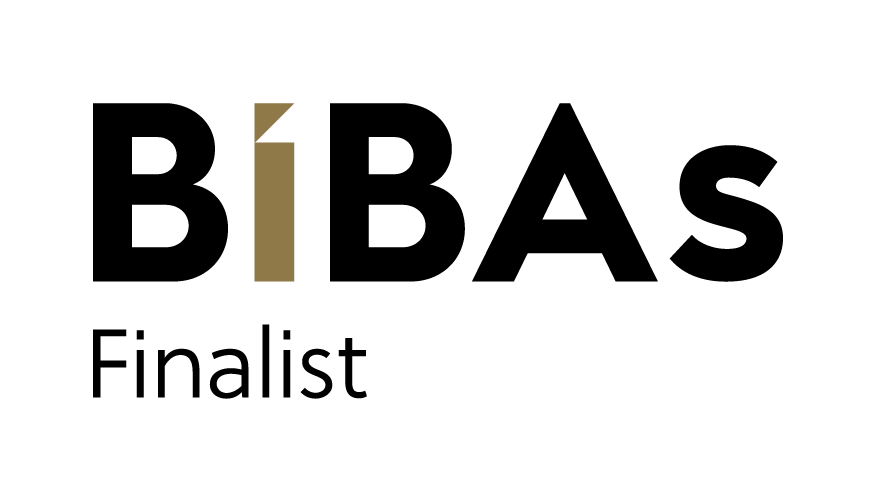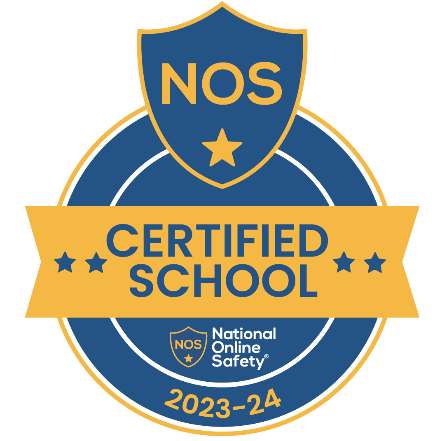Dream, Inspire, Achieve
Computing & ICT
Children at Ingol are technological magicians!
Intent – What we are trying to achieve?
In line with the 2014 National Curriculum for Computing, our aim is to provide high-quality computing education which equips children with the skills, knowledge and computational thinking for an ever-changing digital world.
By the time they leave Ingol, children will have gained key knowledge in both concepts and skills in the three main areas of the computing curriculum: computer science (programming and understanding how digital systems work), information technology (using computer systems to store, retrieve and send information) and digital literacy (evaluating digital content and using technology safely and respectfully).
E-safety is at the heart of all computing lessons and children will be explicitly taught how to stay safe online and when using all kinds of technology through the Teach Computing curriculum and ProjectEVOLVE.
The objectives within each strand support the development of learning across the key stages, ensuring a solid grounding for future learning and beyond. These strands are revisited repeatedly through a range of themes during children’s time in school to ensure the learning is embedded and skills are successfully developed.
Our intention is that Computing also supports creativity and cross-curricular learning to engage children and enrich their experiences in school.
Implementation – How do we translate our vision into practice?
At Ingol, computing is taught using a blocked curriculum approach, following the NCCE Teach Computing curriculum scheme. This ensures children are able to develop breadth and depth in their knowledge through the progressive teaching of key concepts and skills.
Our Teach Computing scheme encompasses 12 key pedagogical principles:
- Lead with concepts – acquisition of knowledge, terms, vocabulary, shared understanding
- Unplug, unpack, repack – unpack complex terms/ideas, explore unfamiliar contexts, then repack original concept with new learning to secure understanding
- Work together – we encourage collaboration such as peer programming, instruction and tasks which stimulates classroom dialogue and articulation of concepts
- Get hands on – the use of physical computing/activities offers tactile and sensory experiences to enhance learning. Combining electronics with arts/crafts provides a creative and engaging context
- Model everything – scaffolding is key for effective teaching and learning (and can be gradually taken away)
- Create projects – rich opportunities to apply and consolidate learning; design, make, evaluate
- Add variety – lessons are adaptive, structured and provide exploratory tasks. Children develop independence.
- Foster program comprehension – regular comprehension activities secure understanding and build connections with new knowledge
- Challenge misconceptions – Formative questioning is a tool used to uncover misconceptions, which are identified as early as possible.
- Make concrete – abstract concepts are brought to life with real-world contextual examples; this is achieved by unplugged activities, proposing analogies, storytelling around concepts and links to concepts in pupils’ lives
- Read and explore code first – code is taught by reading it first, before writing. Research shows that reading, tracing and explaining code augments pupils’ ability to write code
- Structure lessons – supportive frameworks, such as PRIMM (predict, run, investigate, modify and make) and Use-Modify-Create, ensure differentiation is built in to suit the needs of all pupils.
Objectives within each year group are linked to one or more of the ten strands of the Teach Computing Content Taxonomy:
Networks, Creating Media, Data and Information, Design and Development, Computing Systems, Impact of Technology, Algorithms, Programming, Effective use of Tools, Safety and Security
Concepts and skills are taught together within each topic and year group to ensure systematic progression.
Formative and summative assessment tools (such as end of unit quizzes and rubrics) are used to gauge understanding and children's application of skills, as well as identifying next steps for learning.
Employing cross-curricular links motivates pupils and supports them to make connections and remember the steps they have been taught.
Children have access to the hardware that is needed to support the scheme of work, including laptops, iPads, interactive whiteboards and remote-controlled devices.
Teachers are trained regularly in latest technologies and relevant E-safety information.
Regular CPD ensures teachers are confident in delivering all areas of curriculum and can upskill where needed.
Parents are updated about the Computing curriculum and E-safety information via the school communications and events for parents run by the school.
At Ingol we are part of the National Centre for Computing Excellence (NCCE) Lancashire Hub. We follow the NCCE recommended Barefoot scheme for our Reception children and the Teach Computing scheme for our Y1 - Y6 children.
All the key skills covered can be found in the documents below.
-
Keeping Children Safe Online 24-25
NSPCC Guidance
-
Safer Internet 24-25
Advice for parents and carers
Contact Us
39 Whitby Avenue,
Ingol, Preston,
PR2 3YP


